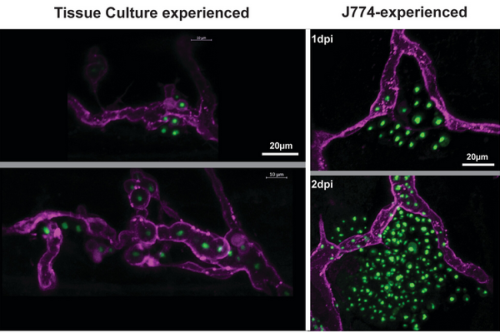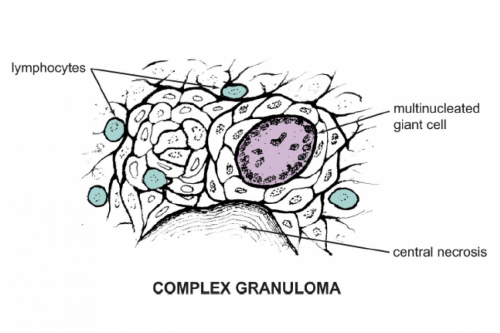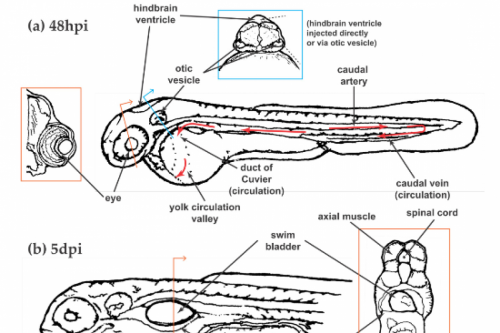Cryptococcosis begins in the lungs and can ultimately travel through the bloodstream to cause devastating infection in the central nervous system. In the zebrafish model, small amounts of cryptococcus inoculated into the bloodstream are initially phagocytosed and become far more capable of dissemination after they exit macrophages.





